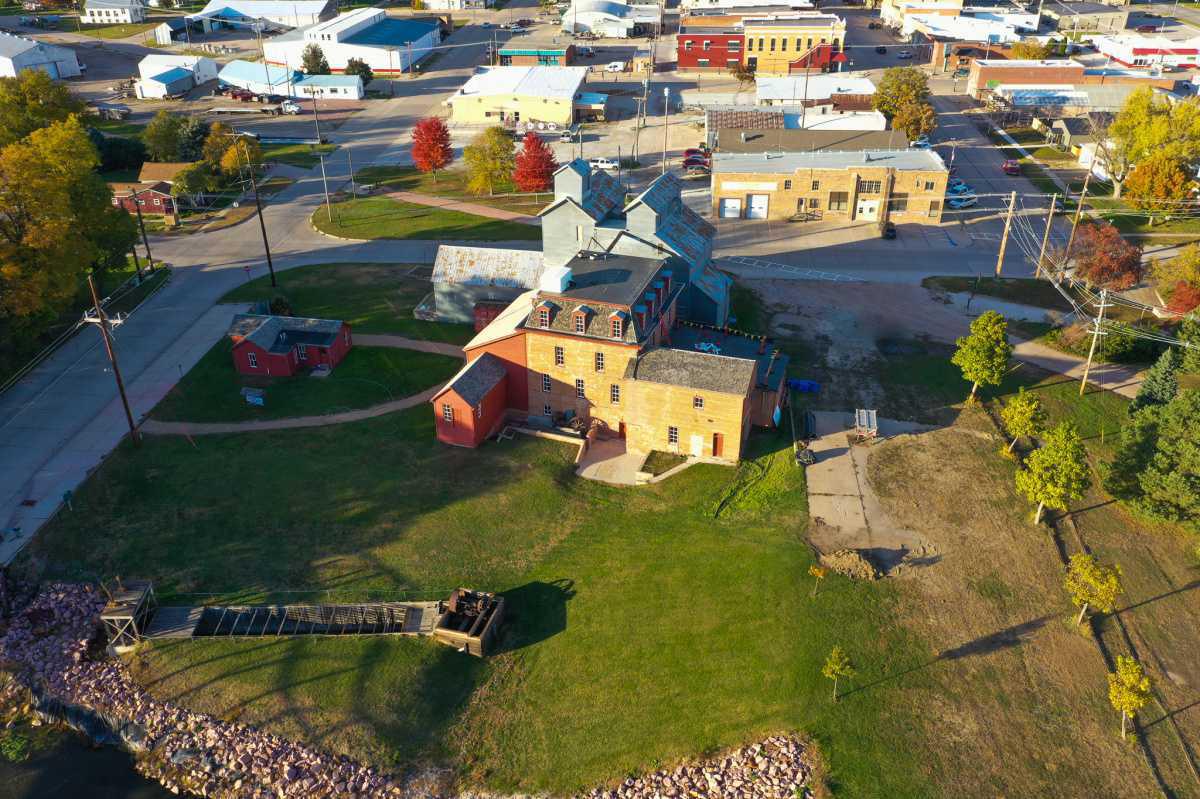
Old Mill District
Main St
L St. (HWY 275) west to N St., 2nd St North to 6th St.
Downtown Neligh Historic District was listed on the Nation Register of Historic Places in 2017. The Old Mill District contains contributing resources that demonstrate the commercial development of Neligh from roughly 1887 to 1964. The historic district functioned as the central business area of Neligh since the opening of the Neligh Mill one block south of the District at the southwest corner of Main and West 2nd Street in 1874, largely in support of the local agricultural community.
The commercial buildings within the District illustrate the evolution of Neligh from a mill site and railed depot to a thriving agricultural community and county seat. The resources within the District represent the evolving commercial needs of the citizens of Neligh.
The National Register of Historic Places is the nation's inventory of properties deemed worthy of preservation. It is part of a national program to coordinate and support local and private efforts to identify, evaluate, and protect the nation's historic and archeological resources.
The National Register was developed to recognize historic places and their role in contributing to our country's heritage.
The Downtown Neligh Historic District is listed in the National Register of Historic Places for local significance under Criterion A for the area of Commerce. The historic district functioned as the central business area of Neligh since the opening of the Neligh Mill in 1874. Businesses in the district supported Neligh's agricultural community. The commercial buildings illustrate the evolution of Neligh from a mill site and railroad depot to a thriving agricultural community and county seat. The district is an excellent example of a compact and cohesive commercial core established in association with the railroad and sustained through the advent of the automobile. The Period of Significance begins circa 1887, with the estimated date of construction of the earliest extant resource, and ends in 1964, the year that the Neligh Mill closed.

